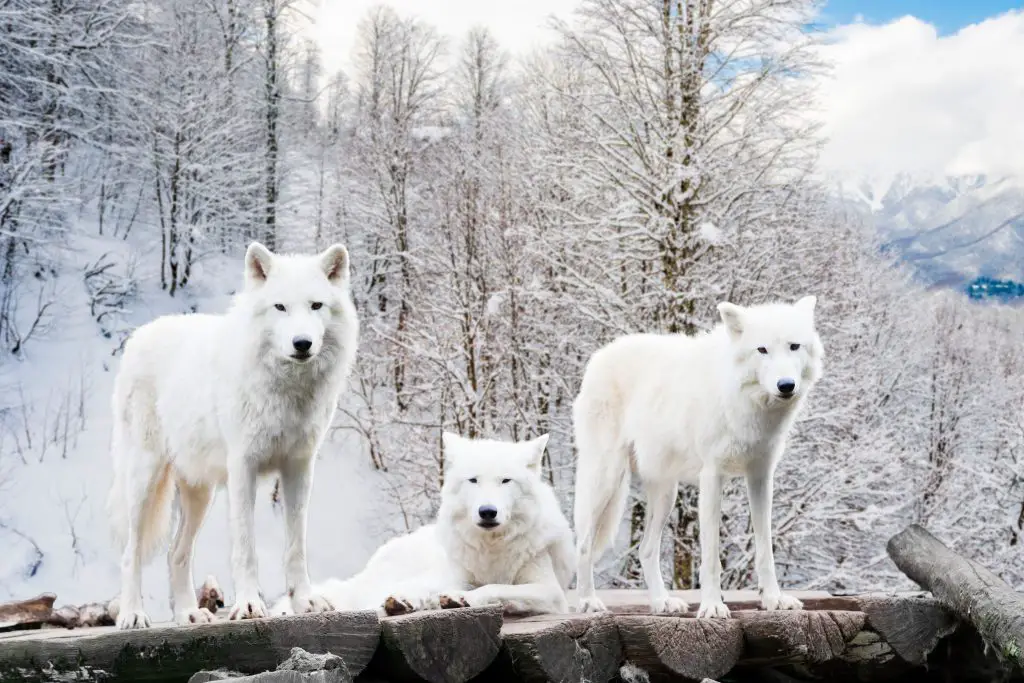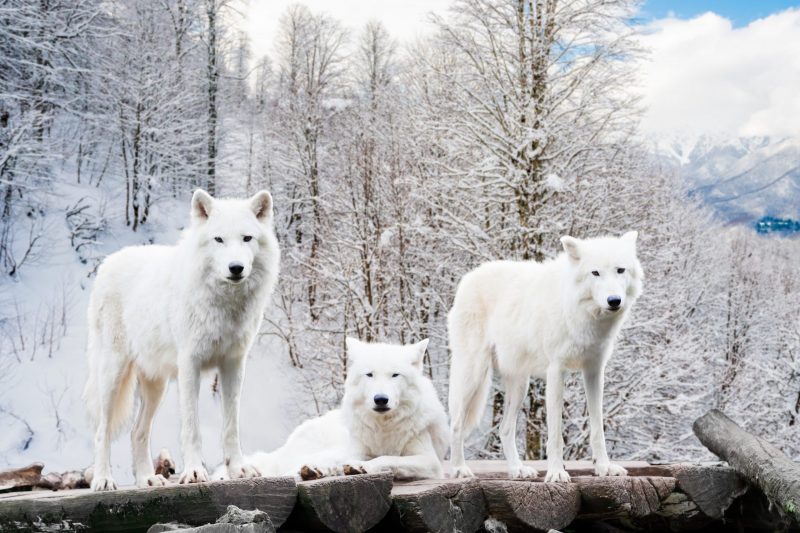The slogan of The Three Musketeers, “one for all, and all for one,” applies to wolf packs in general.
Despite fights and violent hierarchies, the relationships within these wolf groupings appear to be as strong as glue. Individual wolves, on the other hand, perform essential and distinctive roles in the packs’ collective survival.
Alpha males and females lead the charge, which typically consists of their children and occasionally a few other wolves. The beta wolf then becomes the crew’s lieutenant, taking command if an alpha dies. As we descend the food chain, we reach the omega wolf at the bottom. The omega is the runt, who is subordinate to the rest of the pack and serves as comic relief. What is a wolf pack mentality? Delves deeper into the mechanics of this grouping.
The command structure is maintained by this rigorous system. Lower-ranking wolves, for example, must use subservient body language such as lowering when a dominant wolf approaches. Only alpha females and males will mate, except when prey is plentiful. Even dinnertime has its own rules, with alphas eating the best organs or meat and omegas waiting until the others have had their fill before scavenging for scraps.

Do Wolves Attack Cats Because They Are Lone or Pack Animals?
Wolves and cat interactions explained: Wolves typically attack cats due to their pack mentality. As highly social animals, wolves instinctively view cats as potential competitors or threats to their territory. The solitary nature of cats makes them vulnerable to these attacks, as they lack the protection and support of a pack. However, individual wolf behavior can vary, and instances of peaceful coexistence between wolves and cats have been observed in rare cases.
Are Wolves Pack Animals?
They are, indeed. Wolves are extremely social animals living in groups, although not all wolves spend their entire lives with the same pack. This does not, however, imply that they prefer to be alone.
Young adult wolves that leave the pack they are born into usually go on to start their pack. That’s a significant distinction: lone wolves don’t go to be alone; they depart to find a partner, establish their territory, and join their pack. Dispersers are the name for these “lone wolves.” They are vital to the overall health of wolves, as they are the ones who introduce new specie into the mix with other family groups.
They also expand the range of the wolf population. They can settle in new, vacant space as they leave their native region in quest of new surroundings and a partner. They may wander hundreds of miles in search of their new home.
The Bond Between Wolves:
Life in a pack facilitates not only the rearing and nurturing of pups, collaborative hunting, and territorial defense but also the establishment of many unique emotional relationships between pack members, which is the foundation for cooperative living.
Individually, wolves look after each other. They build bonds with one another and care for their ill and injured. The pack structure facilitates communication, youth education, and information transfer across generations. Wolves and other highly sociable animals have culture, which they pass on to their offspring. A family group can last numerous generations, even decades, passing on knowledge and information from one generation to the next.
Wolves play together until they are elderly, nurture their young as a pack, and tend to injured mates. There is an indication that they mourn and mourn the loss of a pack member. When we think of wolves, we think of tribes—extended families, each with their history, knowledge, and, yes, culture.
Sharing knowledge:
Wolves interact across generations, collaborate, and exchange knowledge. As more experienced hunters, the older wolves exchange hunting strategies and skills with the younger wolves, passing on knowledge from one generation to the next and preserving the pack’s culture.
Weather, topography, and prey behavior all influence wolves’ hunting tactics, according to the late researcher Gordon Haber.
The Lone wolf:
The term “lone wolf” is frequently used as a grudging compliment. A rugged individualist, uncompromising and autonomous, motivated to carve his path, unencumbered by the sentimental need for friendship, a lone wolf is generally considered as such. In truth, few people—and, as it turns out, few wolves would ever choose to live this way.
Wolves, both male, and female may spend time alone, but they are not interested in living in isolation. A lone wolf is a wolf on the prowl, and the prey it seeks is another wolf. A wolf’s instincts encourage it to be a part of something bigger than itself: a pack. Wolves, like humans, make friendships and form lifetime ties. They are successful when they work together, and they fight when they are alone. Wolves, like humans, require each other.











